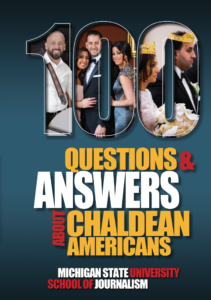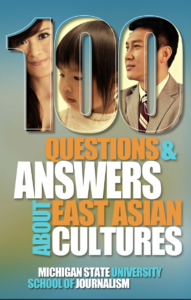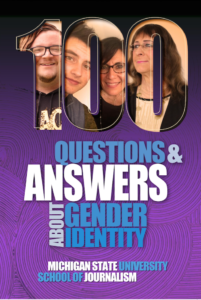The presidential election post-mortem gets more and more interesting as people analyze the Texas vote.
One discussion is how well Trump did among Hispanic voters, given the wall, immigration lockdowns and insults against Mexicans.
Independent immigration reporter Jack Herrera offers a theory in Politico, where he wrote about south Texas.
Herrera contends that many observers are still treating the 60 million-plus Hispanic population in the United State as a monolith. It is far from that. It contains language, geographic, nationality and political differences.
 Herrera describes the Tejanos of south Texas this way: “Though not everyone in the Rio Grande Valley self-identifies as Tejano, the descriptor captures a distinct Latino community—culturally and politically—cultivated over centuries of both Mexican and Texan influences and geographic isolation. Nearly everyone speaks Spanish, but many regard themselves as red-blooded Americans above anything else.’
Herrera describes the Tejanos of south Texas this way: “Though not everyone in the Rio Grande Valley self-identifies as Tejano, the descriptor captures a distinct Latino community—culturally and politically—cultivated over centuries of both Mexican and Texan influences and geographic isolation. Nearly everyone speaks Spanish, but many regard themselves as red-blooded Americans above anything else.’
“… Trump proved that seeing specific communities as persuadable voters and offering targeted messaging to match—fear of socialism in Miami-Dade’s Venezuelan and Cuban communities, for example—can be more effective than a blanket campaign that treats people as census categories. ”
“100 Questions and Answers About Hispanics and Latinos” covers the diversity within this group of people as well as the meaning of idenitiies such as Tejano and Chicano. The guide is available from Amazon or the Front Edge Publishing bookstore.



















